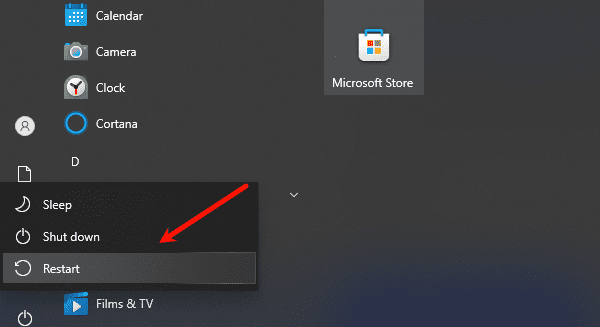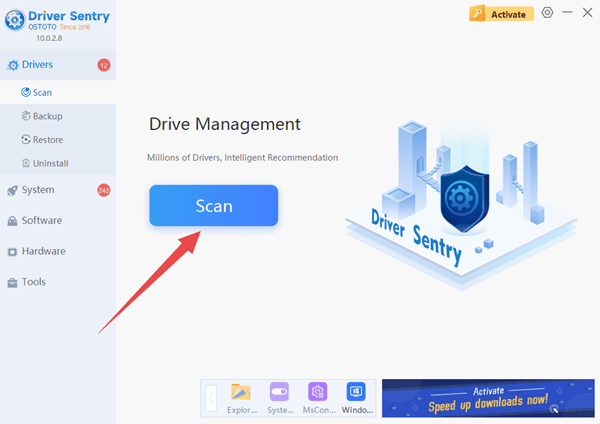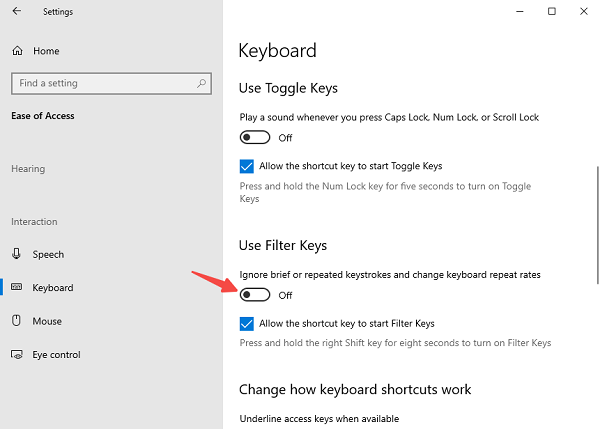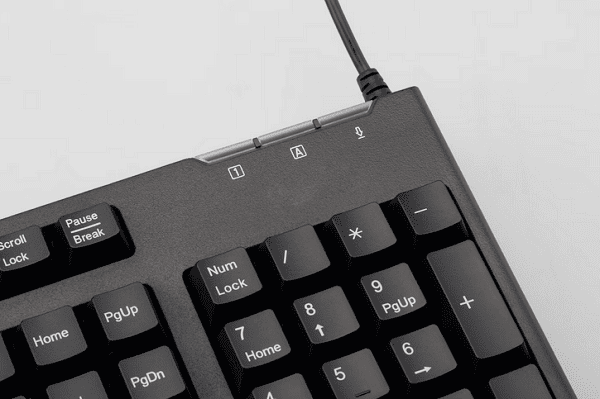
A malfunctioning laptop keyboard can be frustrating and impede your productivity. Whether specific keys have stopped responding or the entire keyboard is inactive, various potential causes can range from hardware issues to outdated drivers. Here, we'll explore effective solutions to help restore your keyboard's functionality.
1. Check for Physical Damage or Debris
Physical damage or trapped debris is one of the most straightforward causes of keyboard malfunction. Dust, crumbs, or small particles lodged between the keys can block key presses, leading to unresponsive sections of the keyboard.
Inspect the Keyboard: Look for visible damage, such as cracked keys or areas that seem out of place.

Clean Gently: Use a can of compressed air to blow out any debris under the keys. Tilt the laptop slightly to let particles fall out during cleaning.
Avoid Excessive Force: Be careful not to damage any key mechanisms while cleaning.
2. Restart Your Laptop
Sometimes, software glitches can cause the keyboard to stop working. Restarting your laptop can reset temporary software conflicts and restore normal operation.
Reboot the System: Click on "Start" > "Power" > "Restart" or hold the power button for a few seconds to perform a hard reset if the system is unresponsive.

Test After Reboot: Check if the keyboard functions properly after the restart.
3. Update or Reinstall Keyboard Drivers
Outdated or corrupted drivers are a common cause of keyboard issues. Ensuring that your laptop's drivers are up to date can resolve this problem. Driver Sentry is a useful tool that helps automate the driver update process.
Download and Install Driver Sentry: Go to the Driver Sentry website and install the software on your laptop.
Scan for Updates: Open Driver Sentry and run a full system scan to detect outdated or problematic drivers.

Update or Reinstall: When the scan is complete, select the keyboard driver and choose Update or Reinstall.
Reboot your laptop: Follow the prompts to complete the update and then restart your laptop to apply the changes.
4. Check Keyboard Settings in Windows
Incorrect keyboard settings or features like "Filter Keys" can lead to non-responsive keyboards.
Open Settings: Go to "Start" > "Settings" > "Ease of Access" > "Keyboard".

Check for Filter Keys: Ensure that "Filter Keys" is turned off, as it may cause delayed or missed keypresses.
Change Keyboard Layout: Double-check that the correct keyboard layout is selected in the language settings.
5. Test with an External Keyboard
Connecting an external keyboard can help determine if the issue is related to the built-in keyboard or a broader system problem.
Plug in a USB or Bluetooth Keyboard: Check if the external keyboard functions properly.

Observe the Behavior: If the external keyboard works, the issue may be hardware-related, indicating a potential repair need for the built-in keyboard.
6. Check for Hardware Issues
If none of the software fixes work, the issue could be due to a hardware failure.
Run a Hardware Diagnostic: Many laptop manufacturers offer built-in diagnostic tools. Refer to your manufacturer's website for specific instructions.
Consult a Professional: If diagnostics indicate a hardware problem or if you’re uncomfortable performing technical repairs, seek help from a certified technician.
By following the steps outlined above, you can resolve most common keyboard problems. Regular maintenance, such as cleaning and updating drivers, can also help prevent similar issues from occurring in the future.
See also:
How to Fix Bluetooth Speaker No Sound Issue
8 Ways to Fix Realtek Microphone Not Working